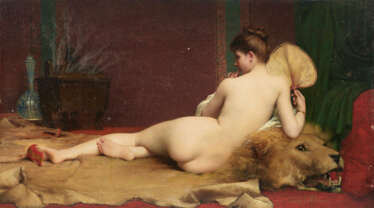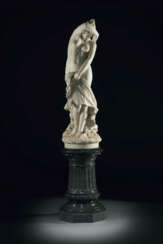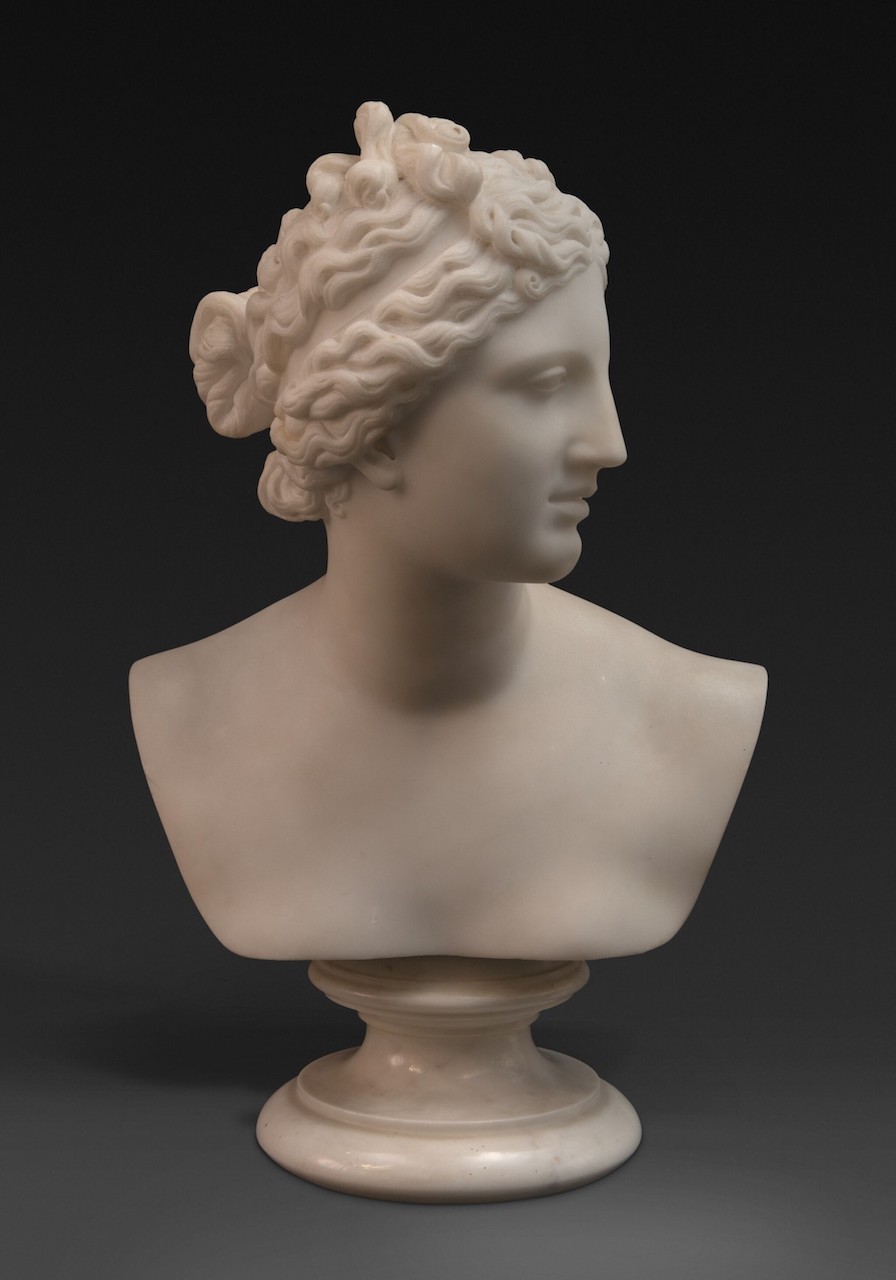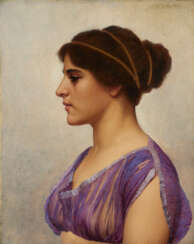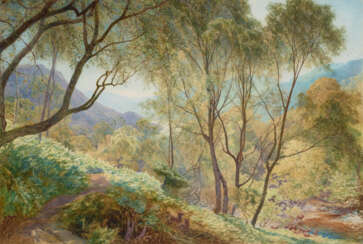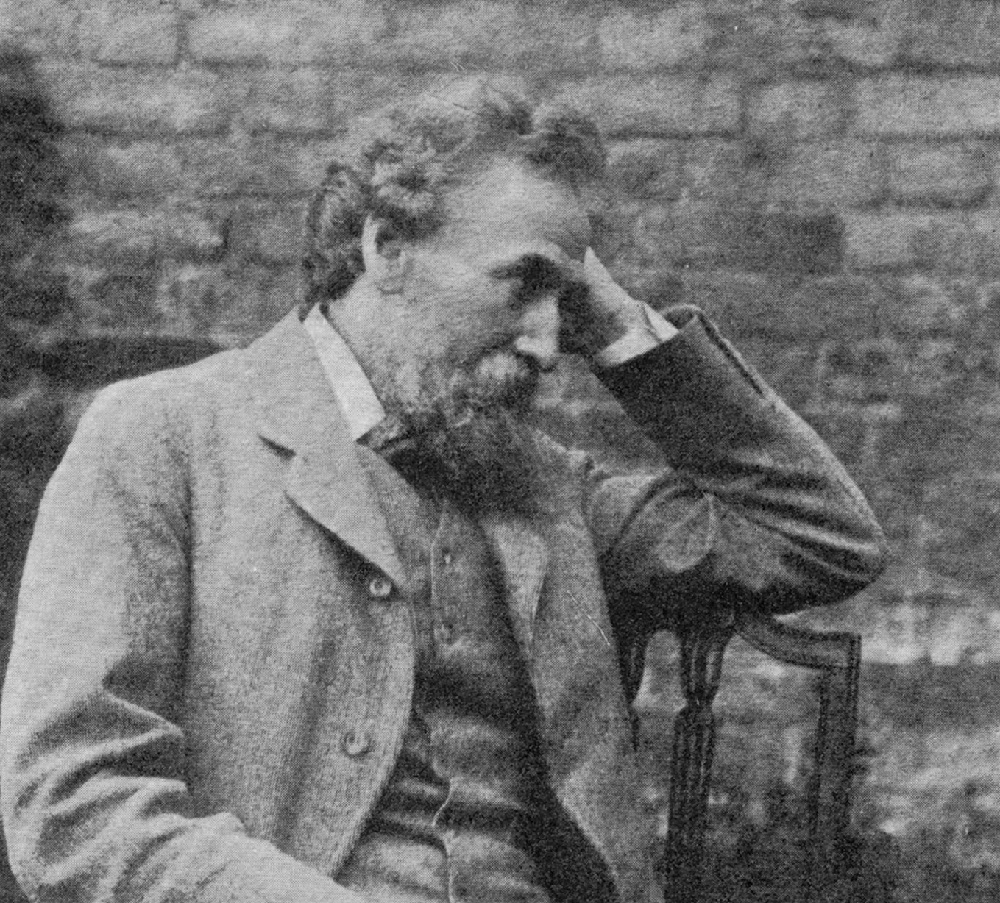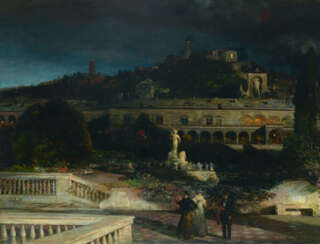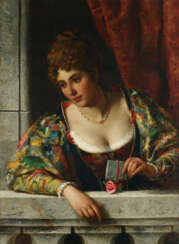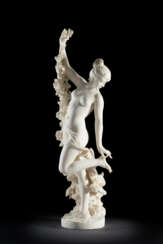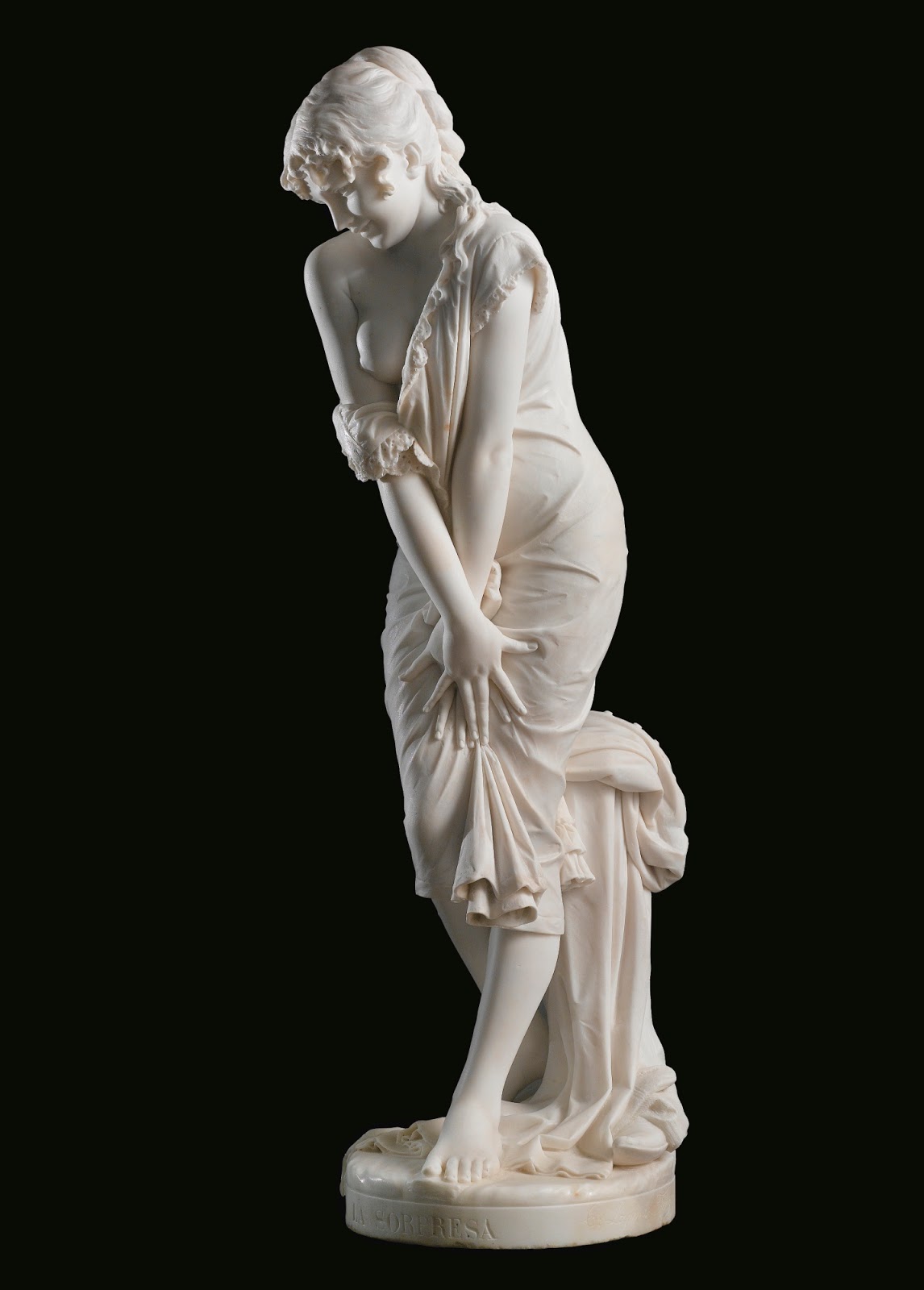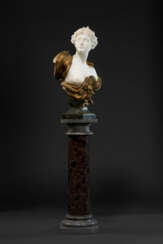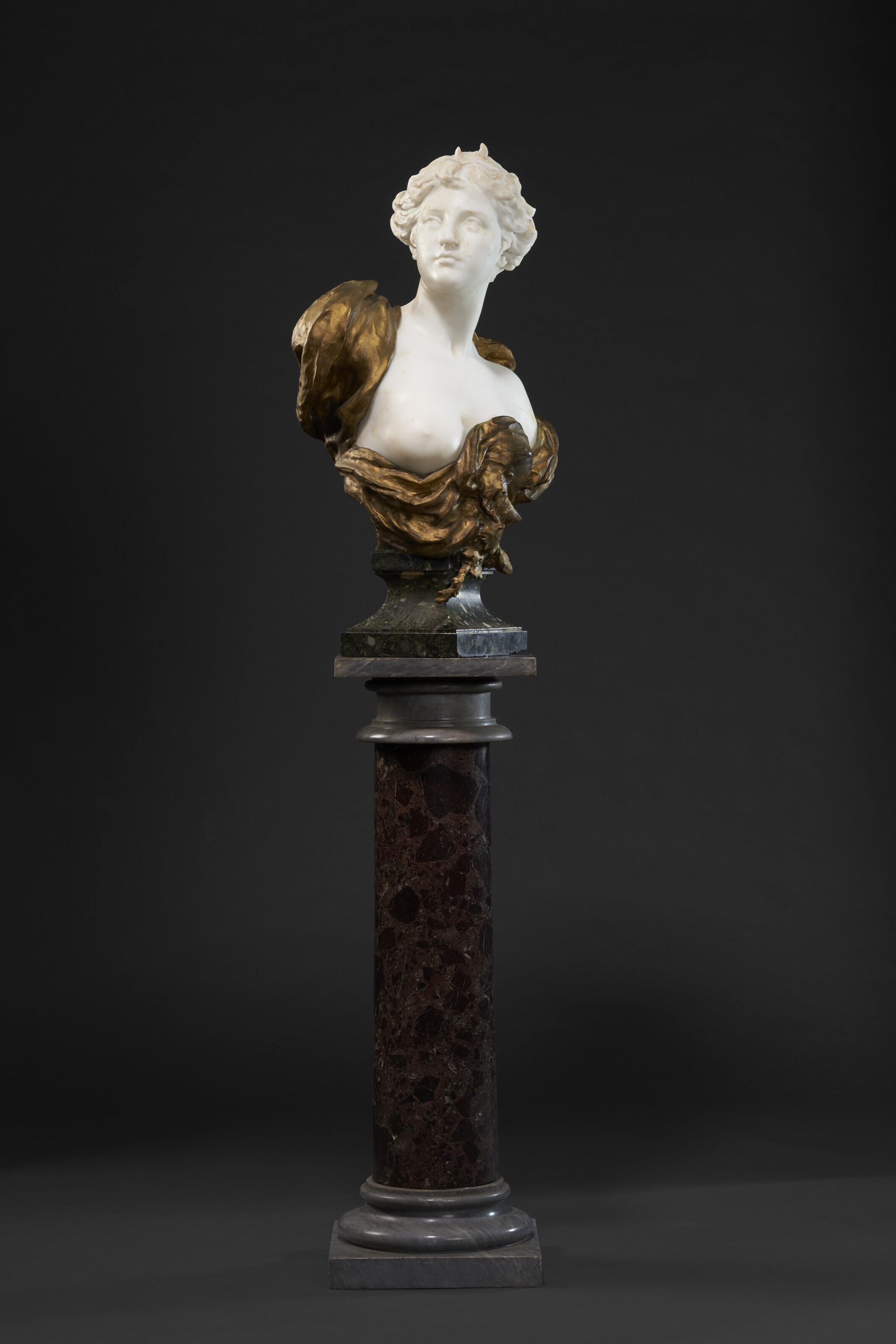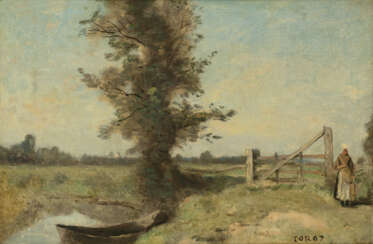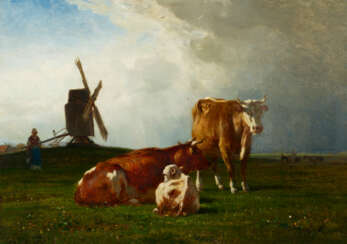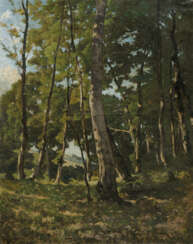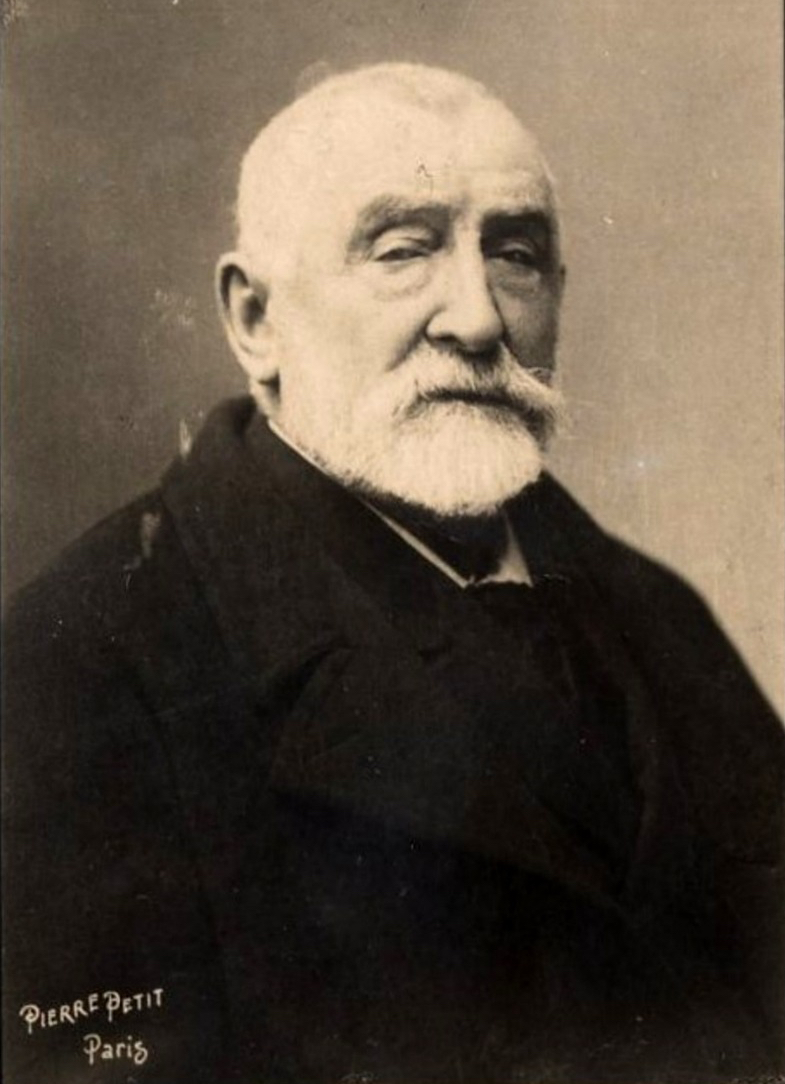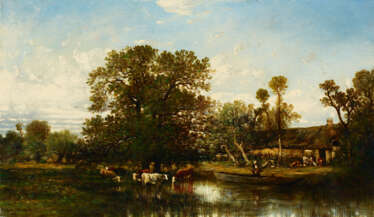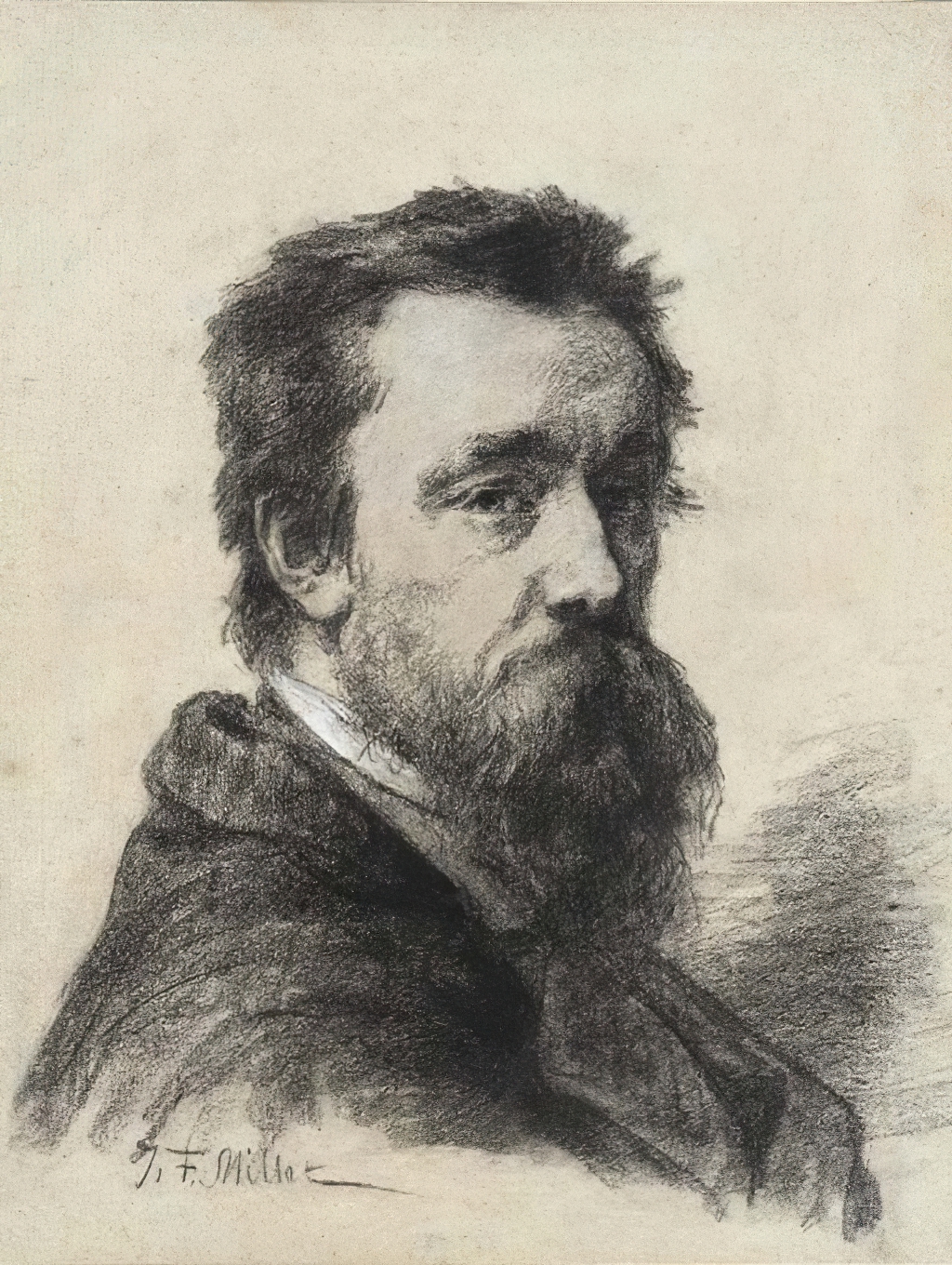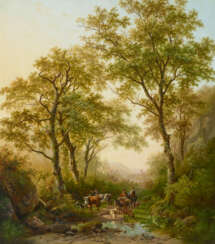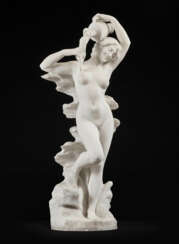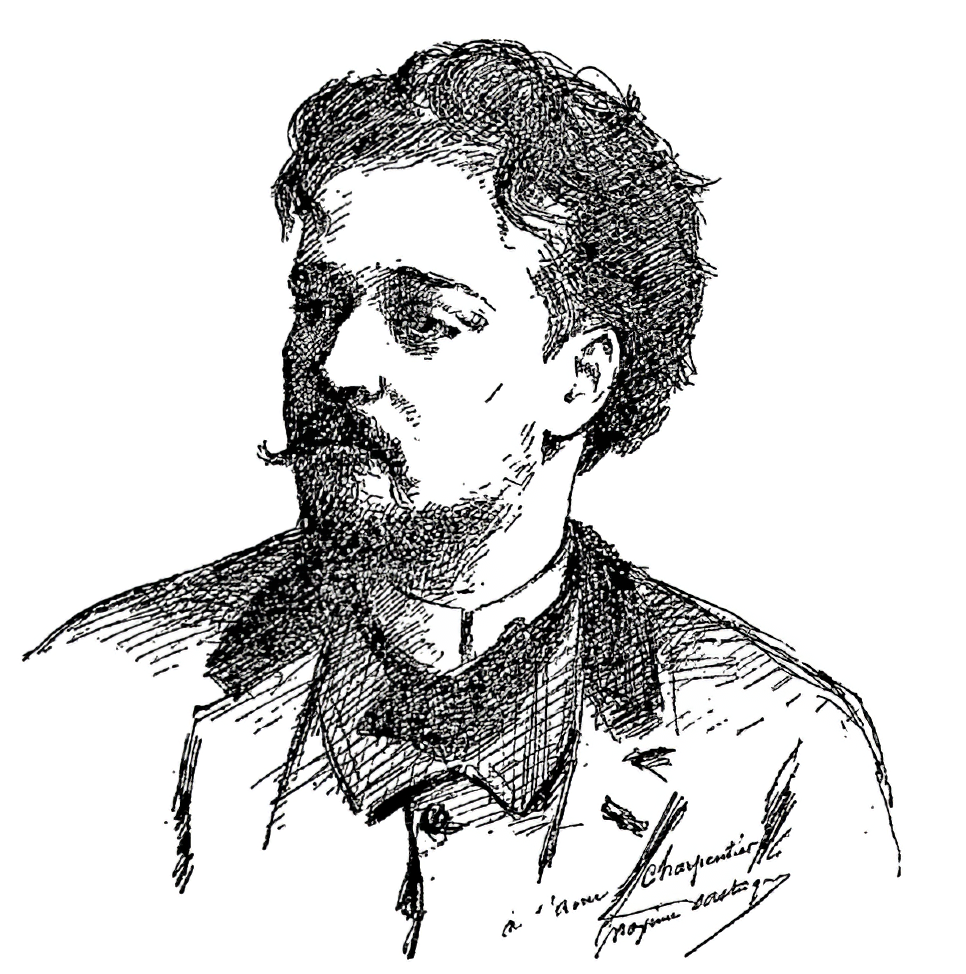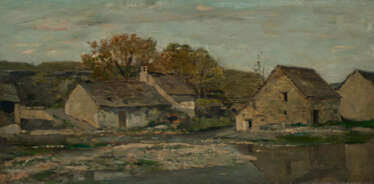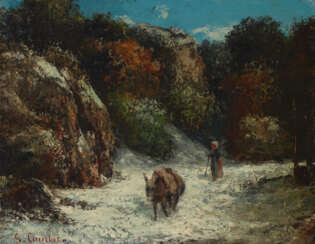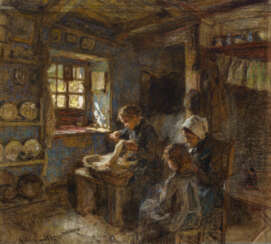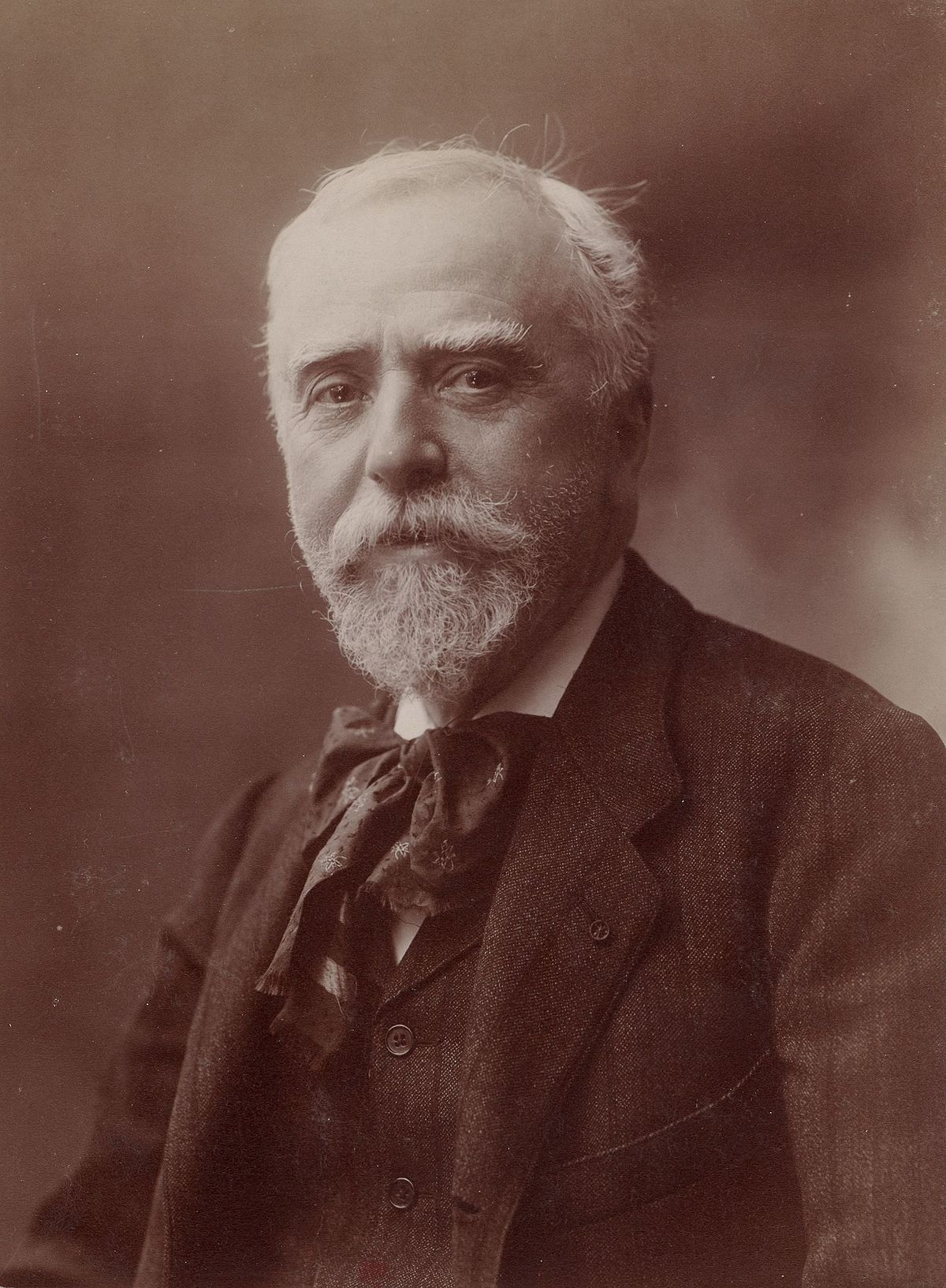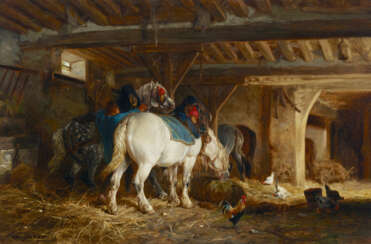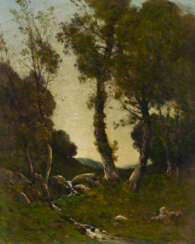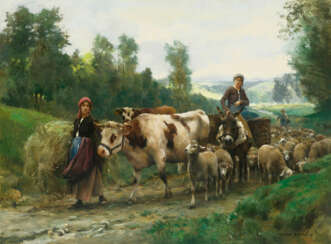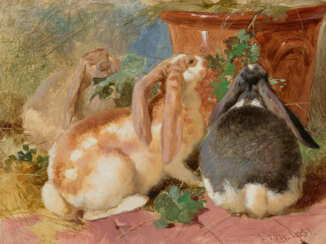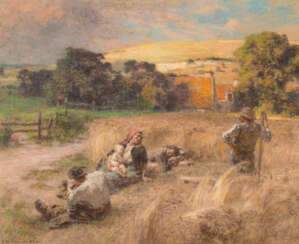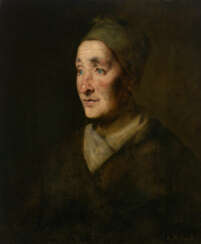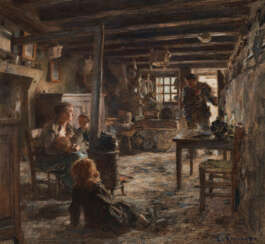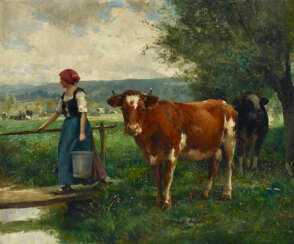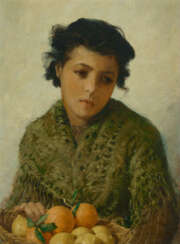
European Art
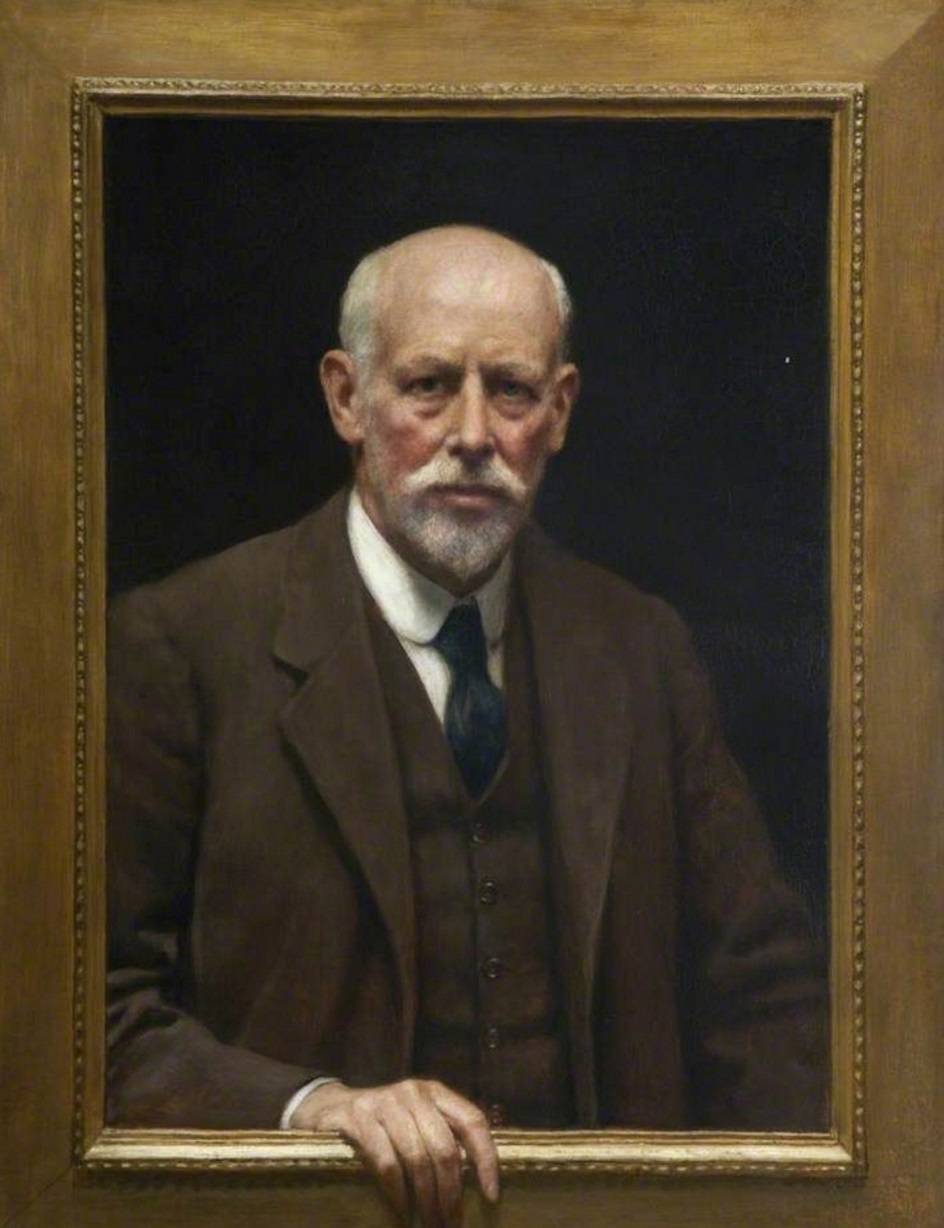
John Maler Collier was a British painter and writer. He painted in the Pre-Raphaelite style, and was one of the most prominent portrait painters of his generation. Both of his marriages were to daughters of Thomas Henry Huxley. He was educated at Eton College, and he studied painting in Paris with Jean-Paul Laurens and at the Munich Academy starting in 1875.
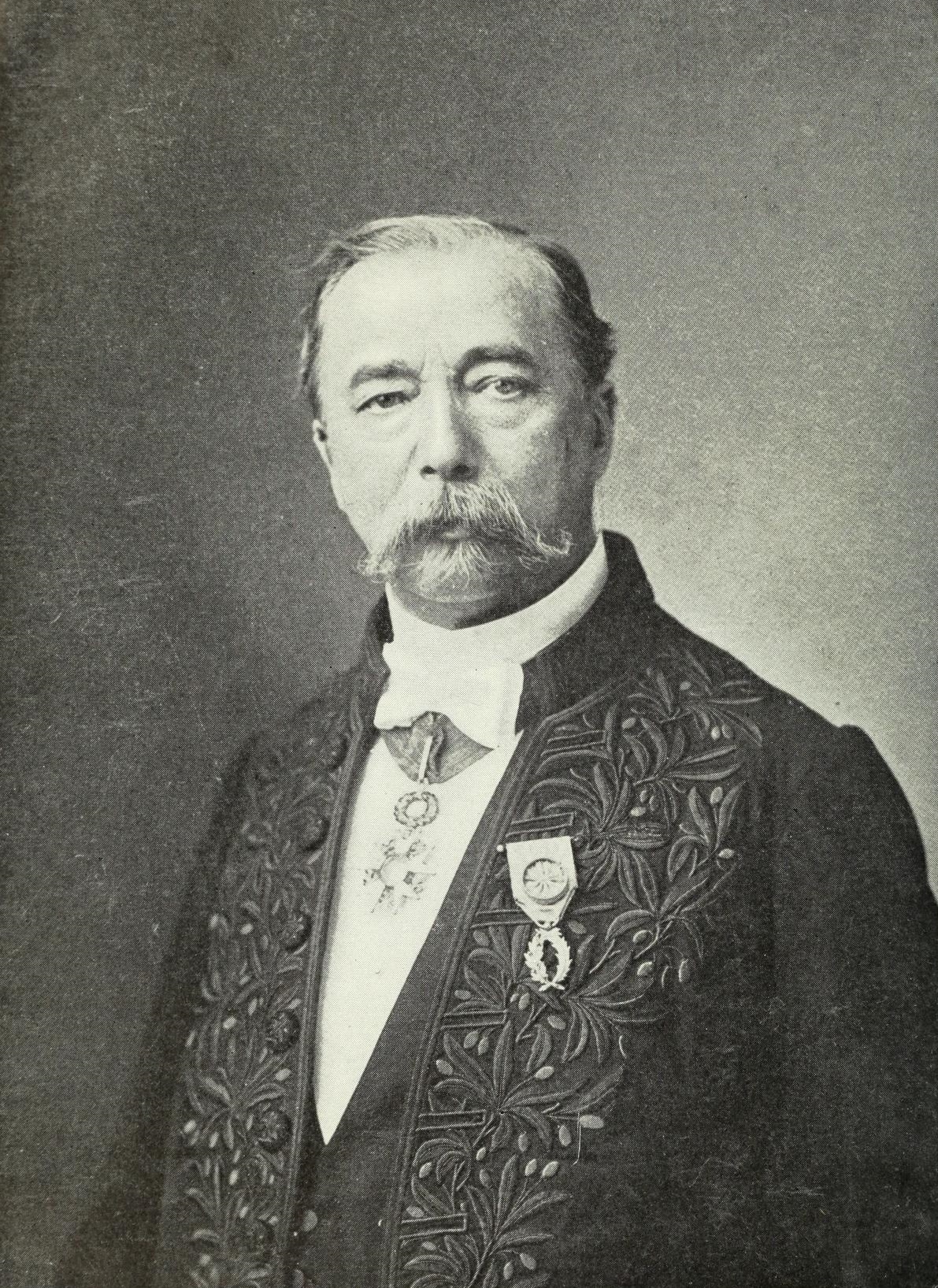
Jules Joseph Lefebvre was a French figure painter, educator and theorist.
He was professor at the Académie Julian in Paris. Lefebvre is chiefly important as an excellent and sympathetic teacher who numbered many Americans among his 1500 or more pupils.
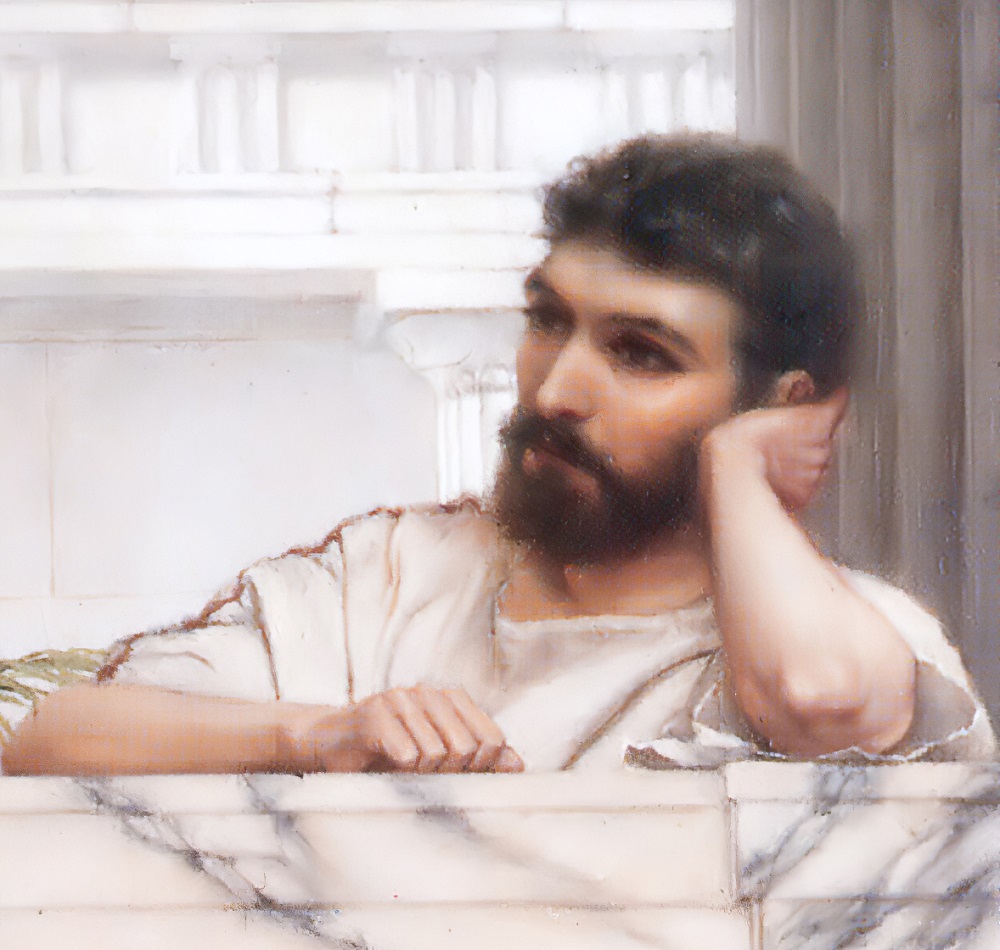
John William Godward was an English painter from the end of the Neo-Classicist era. He was a protégé of Sir Lawrence Alma-Tadema, but his style of painting fell out of favour with the rise of modern art.
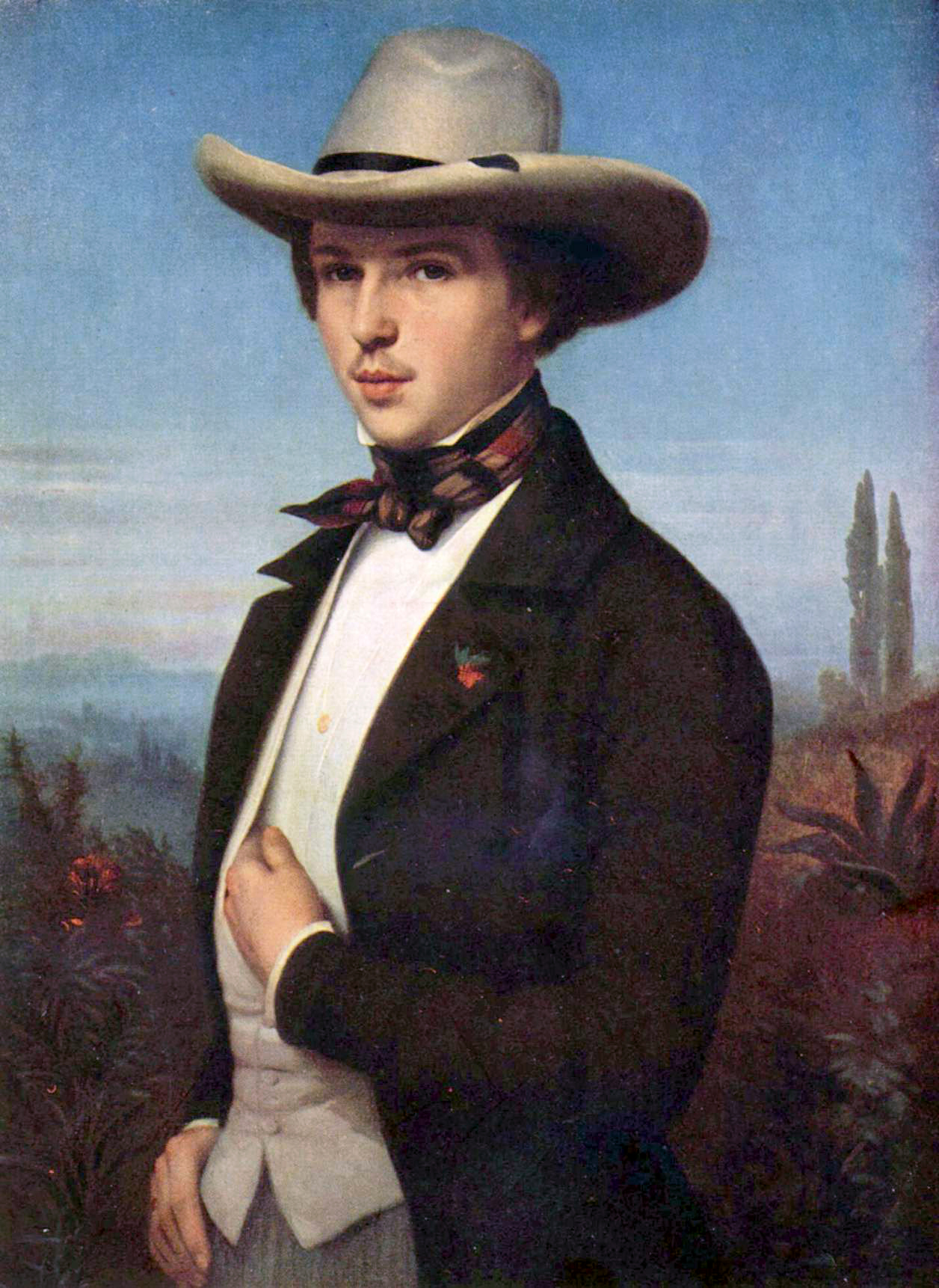
Oswald Achenbach was a German painter associated with the Düsseldorf school of painting. Though little known today, during his lifetime he was counted among the most important landscape painters of Europe. Through his teaching activities, he influenced the Kunstakademie Düsseldorf. His brother, Andreas Achenbach, who was twelve years older, was also among the most important German landscape painters of the 19th century. The two brothers were humorously called "the A and O of Landscapes" (a reference to their initials matching a common German reference to the Alpha and Omega).
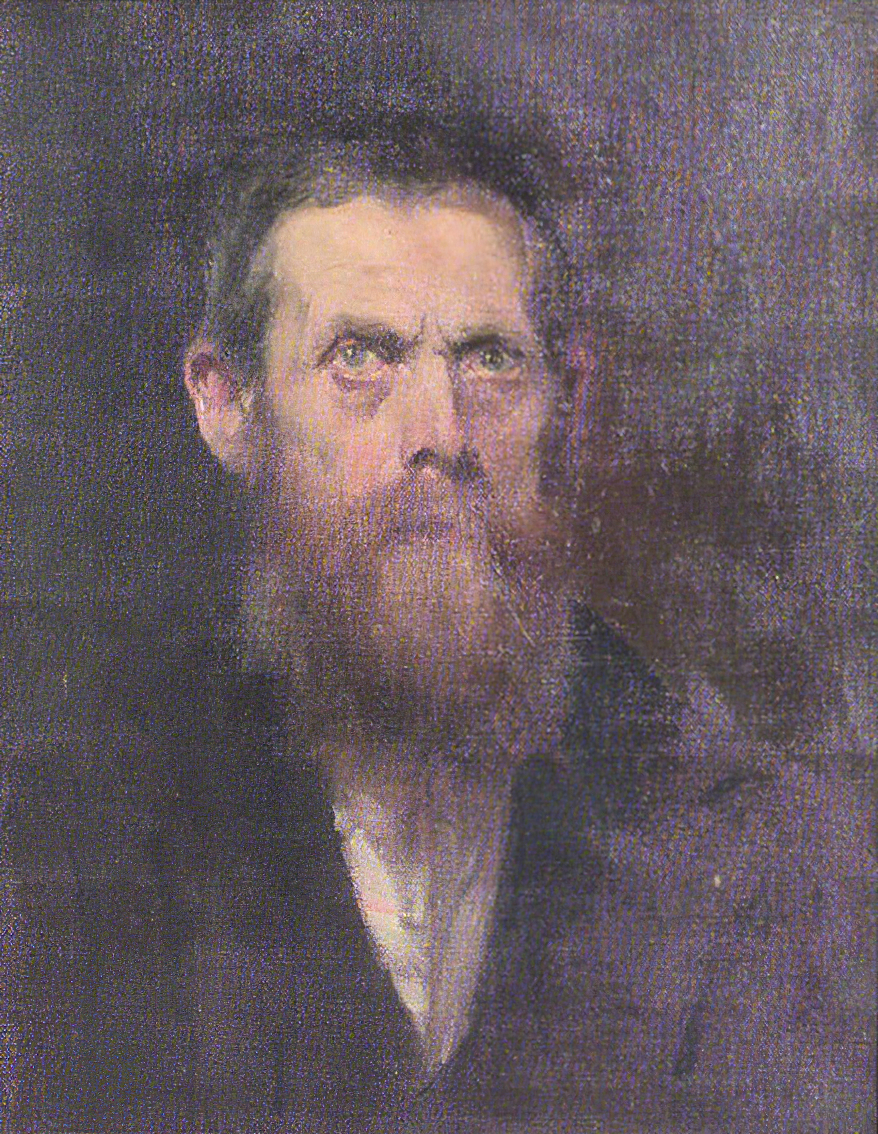
Eugène de Blaas was an Italian painter in the school known as Academic Classicism.
Eugene de Blaas' paintings were exhibited at the Royal Academy, Fine Art Society, New Gallery and Arthur Tooth and Sons Gallery in London, and also at the Walker Art Gallery in Liverpool.
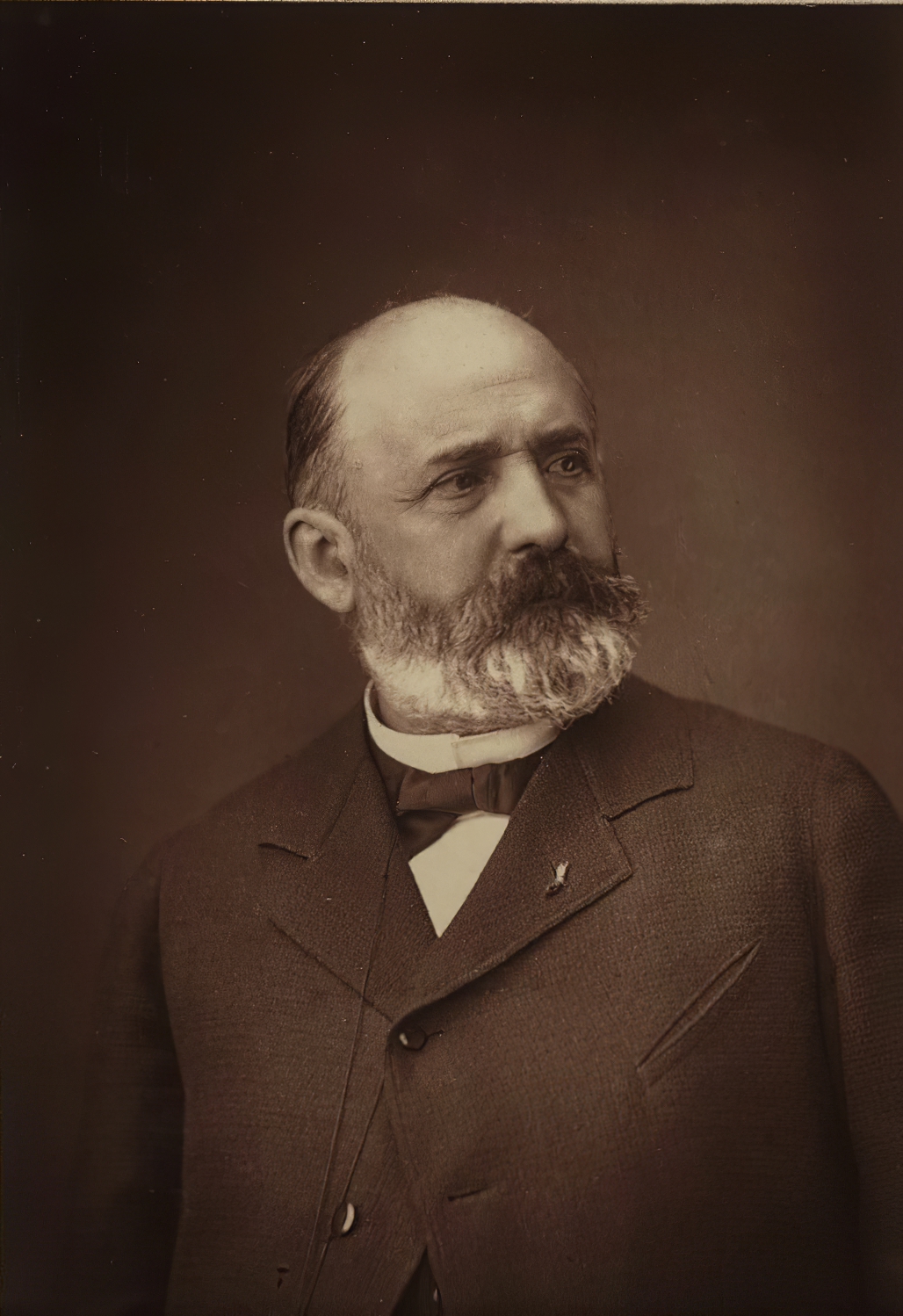
Mathurin Moreau was a distinguished French sculptor, celebrated for his contributions to the academic style of the 19th century. Born into an artistically eminent family in Dijon, France, on 18 November 1822, Moreau honed his craft under the guidance of his father before enrolling at the prestigious École des Beaux-Arts. He emerged on the artistic scene with his first exhibition at the Salon of 1848, and his mastery of sculpture earned him a medal of honor from the Salon in 1897.
Moreau's legacy is enshrined in the beauty of his statuary art. His works, especially the cast iron fountains with patina bronze, are admired in public squares across major cities globally. These pieces exemplify the blend of technical skill and aesthetic vision that defines Moreau's style. His artistry continues to captivate collectors and art aficionados, with his pieces fetching considerable attention at auctions and exhibitions.
As an artist who significantly shaped the visual landscape of his time, Mathurin Moreau's creations are a testament to the enduring allure of classical sculpture. For those with a passion for 19th-century art, Moreau's works offer a timeless elegance that complements any collection. If you wish to delve into the world of M. Moreau's sculptural masterpieces, sign up for our exclusive updates and unearth the magnificence of this sculptural maestro's works.
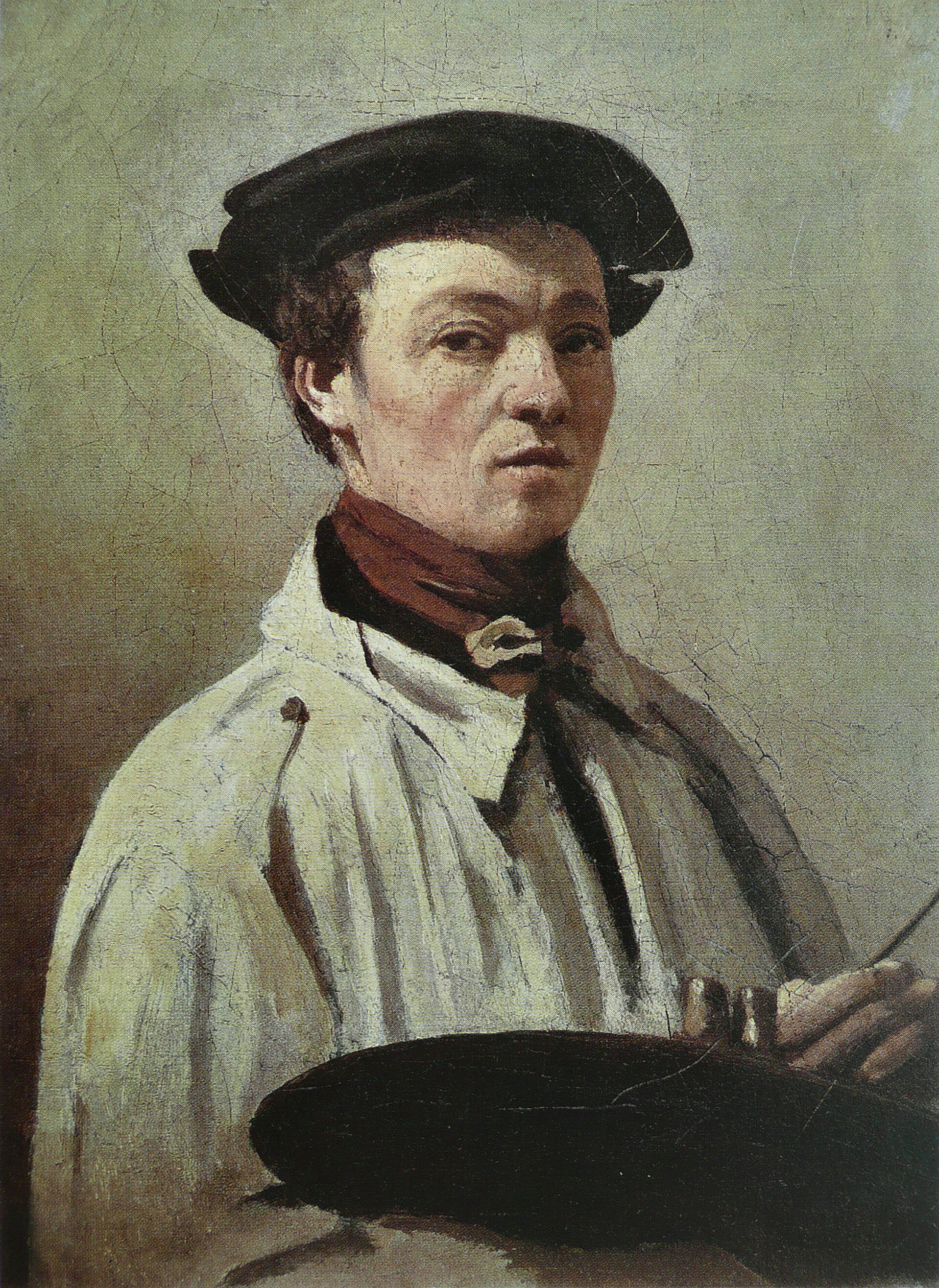
Jean-Baptiste-Camille Corot was a French landscape and portrait painter as well as a printmaker in etching. He is a pivotal figure in landscape painting and his vast output simultaneously referenced the Neo-Classical tradition and anticipated the plein-air innovations of Impressionism.
 Констан Тройон. Неизвестный автор. Дагерротип «Констан Тройон», 1856.jpg)
Constant Troyon was a French painter of the Barbizon school. In the early part of his career he painted mostly landscapes. It was only comparatively late in life that Troyon found his métier as a painter of animals, and achieved international recognition.
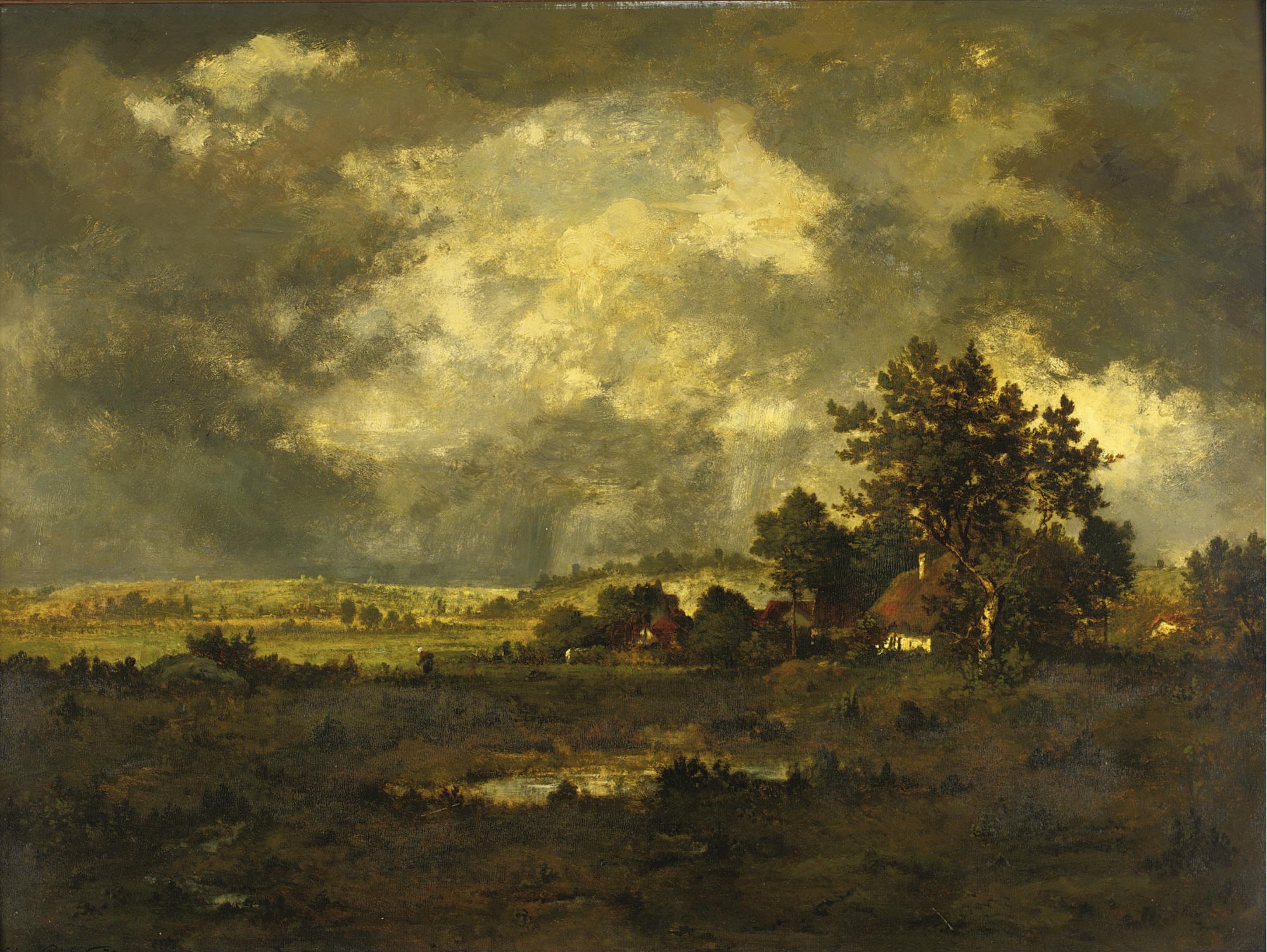
Léon Richet was a French landscape painter. He was born in Solesmes, Nord. He studied art in Valenciennes and became a high school teacher there in 1879. He became associated with the Barbizon school and did several paintings with Narcisse Virgilio Díaz.
 Шарль-Франсуа Добиньи. Фотография художника.jpg)
Charles-François Daubigny was a French painter, one of the members of the Barbizon school, and is considered an important precursor of impressionism.
He was also a prolific printmaker, mostly in etching but also as one of the main artists to use the cliché verre technique.
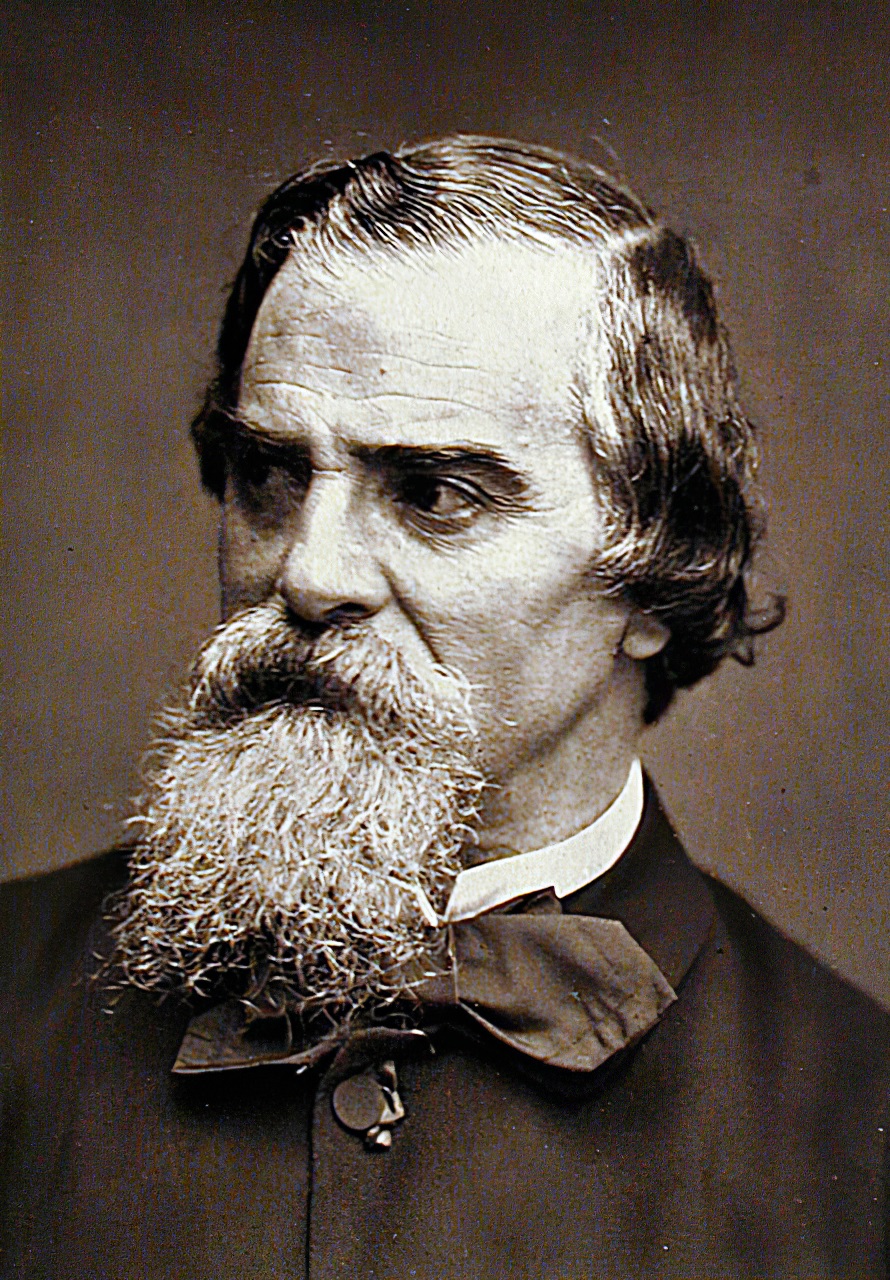
Narcisse Virgilio Díaz de la Peña was a French painter of the Barbizon school.
Díaz exhibited many pictures at the Paris Salon, and was decorated in 1851 with the rank of Chevalier (Knight) of the Légion d’honneur.
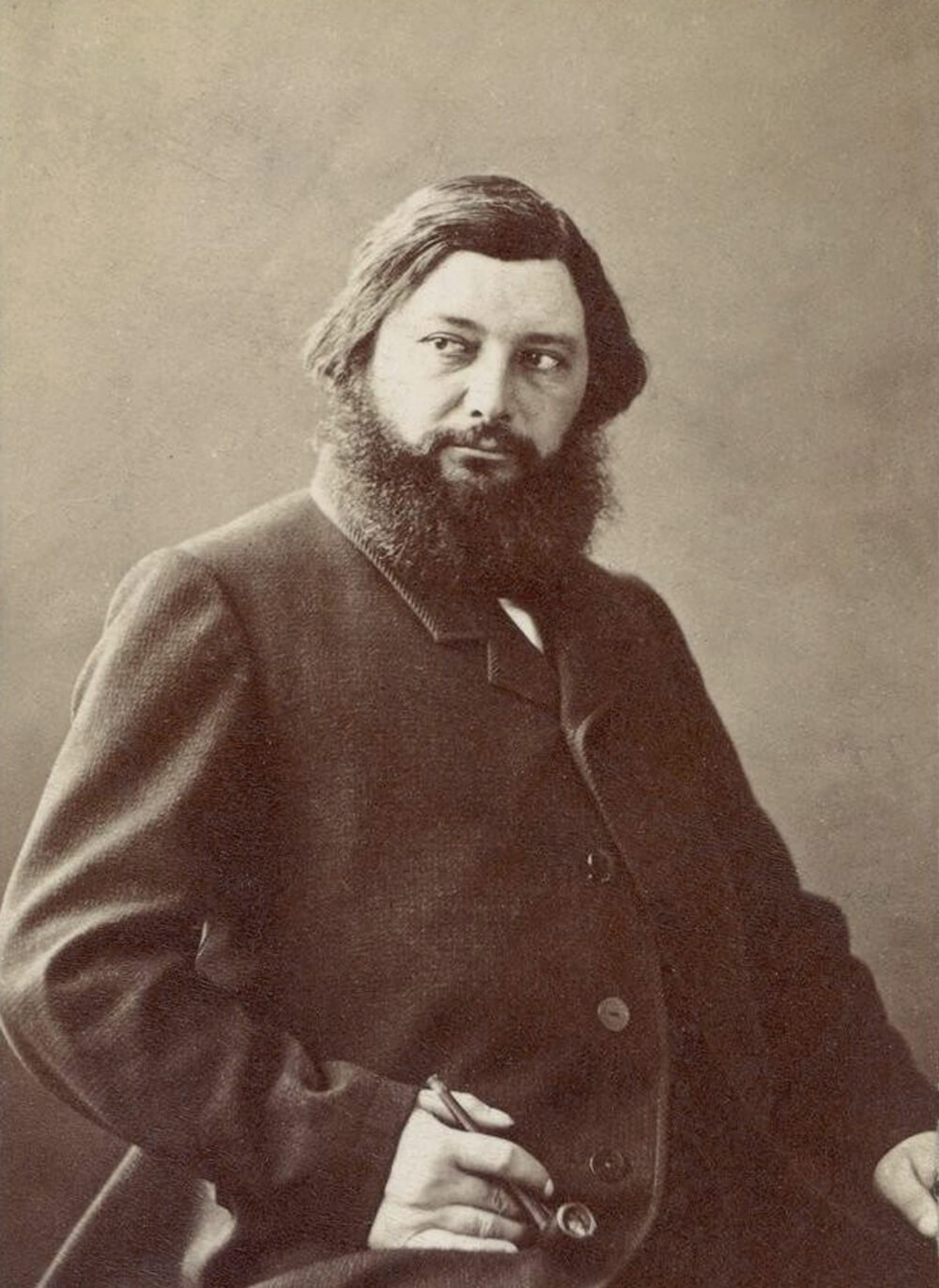
Jean Désiré Gustave Courbet was a French painter who led the Realism movement in 19th-century French painting. Committed to painting only what he could see, he rejected academic convention and the Romanticism of the previous generation of visual artists. His independence set an example that was important to later artists, such as the Impressionists and the Cubists. Courbet occupies an important place in 19th-century French painting as an innovator and as an artist willing to make bold social statements through his work.
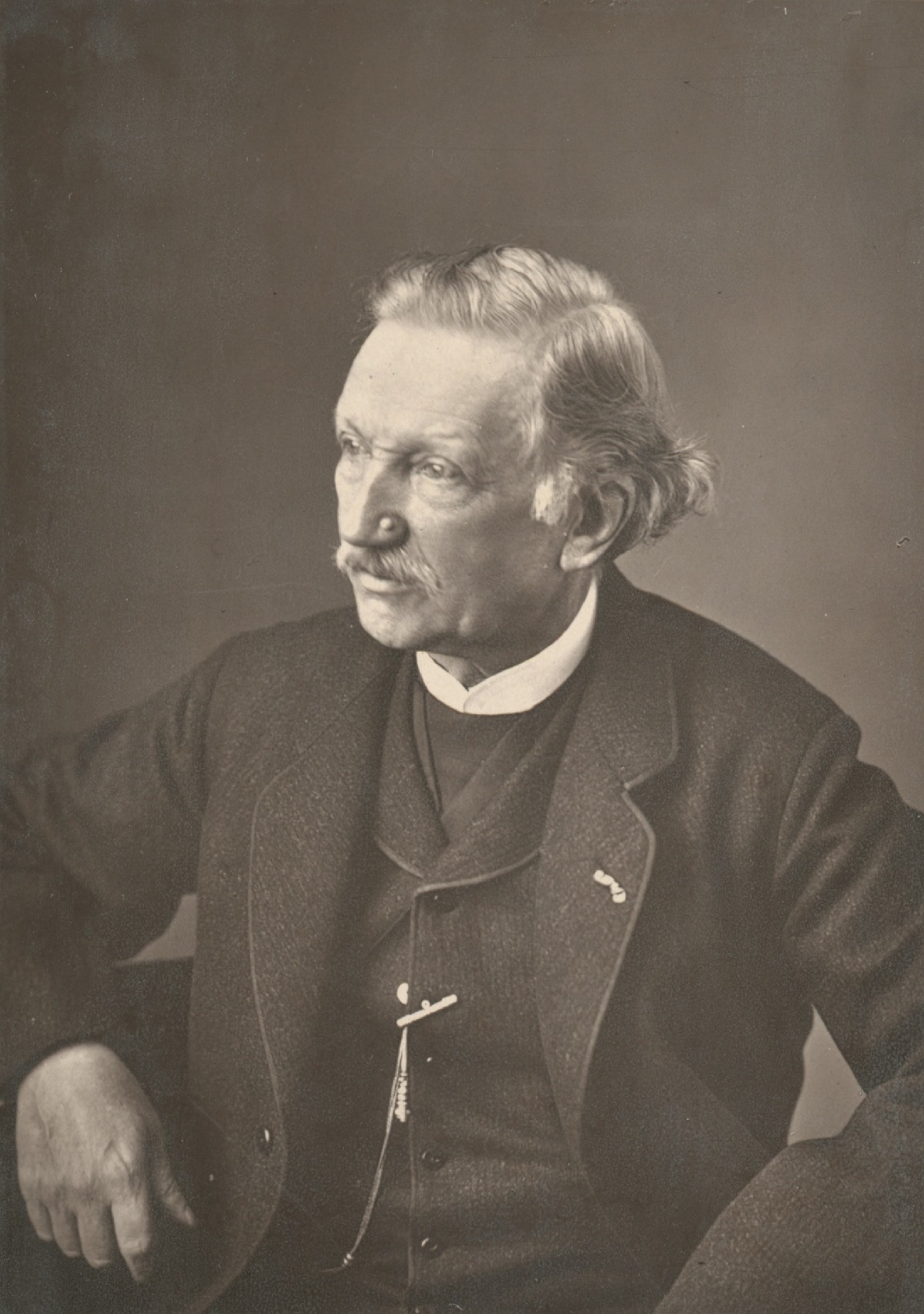
Charles-Emile Jacques was a French painter of Pastoralism and engraver who was, with Jean-François Millet, part of the Barbizon School. He first learned to engrave maps when he spent seven years in the French Army.
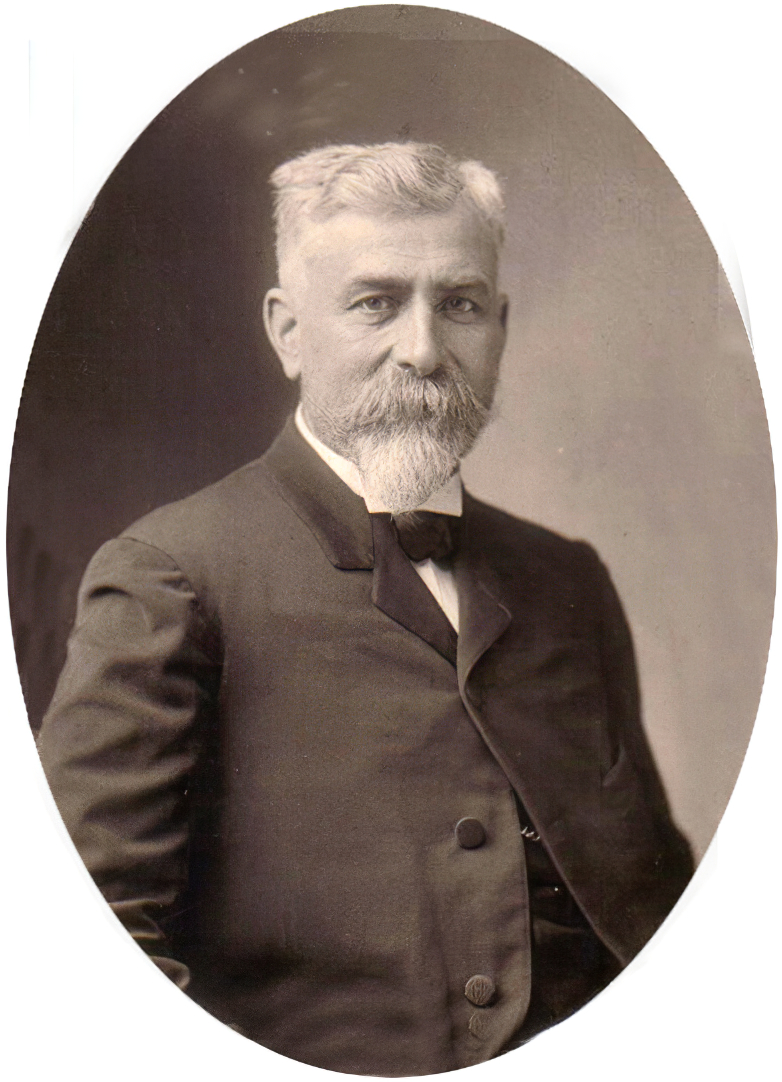
Julien Dupré, a distinguished French artist, emerged as a pivotal figure in the realm of painting, celebrated for his vivid and heartfelt portrayals of peasant life. Born into a family of jewelers in 1851, Dupré's artistic journey commenced in an unexpected turn of events when the Franco-Prussian war led him to pursue art, eventually studying at the École des Beaux-Arts under renowned teachers like Isidore Pils and Henri Lehmann.
Julien Dupré's oeuvre is renowned for its realistic depiction of rural scenes, particularly in Normandy and Brittany, capturing the essence of peasant life with a blend of romanticism and realism. His commitment to depicting the rustic life earned him prestigious accolades, including a gold medal at the Exposition Universelle in 1889 and the esteemed Legion of Honour in 1892.
Among his notable works are "The Hay Harvest" at the Chimei Museum, "Haying Scene" at the St. Louis Art Museum, and "The Haymakers" at the Worcester Art Museum. These paintings not only illustrate Julien Dupré's masterful depiction of rural life but also resonate with art enthusiasts and collectors worldwide for their historical and cultural significance.
For collectors and art aficionados, Julien Dupré's paintings are a testament to a bygone era, offering a window into the pastoral life of 19th-century France. His works are not merely artistic endeavors but historical narratives woven onto canvas, celebrating the unvarnished beauty of the countryside and its inhabitants.
If you're captivated by Julien Dupré's artistic legacy and wish to stay informed about upcoming sales and auction events featuring his works, consider signing up for updates. This subscription is your gateway to exploring the enchanting world of Dupré, ensuring you're abreast of the latest opportunities to own a piece of French art history.
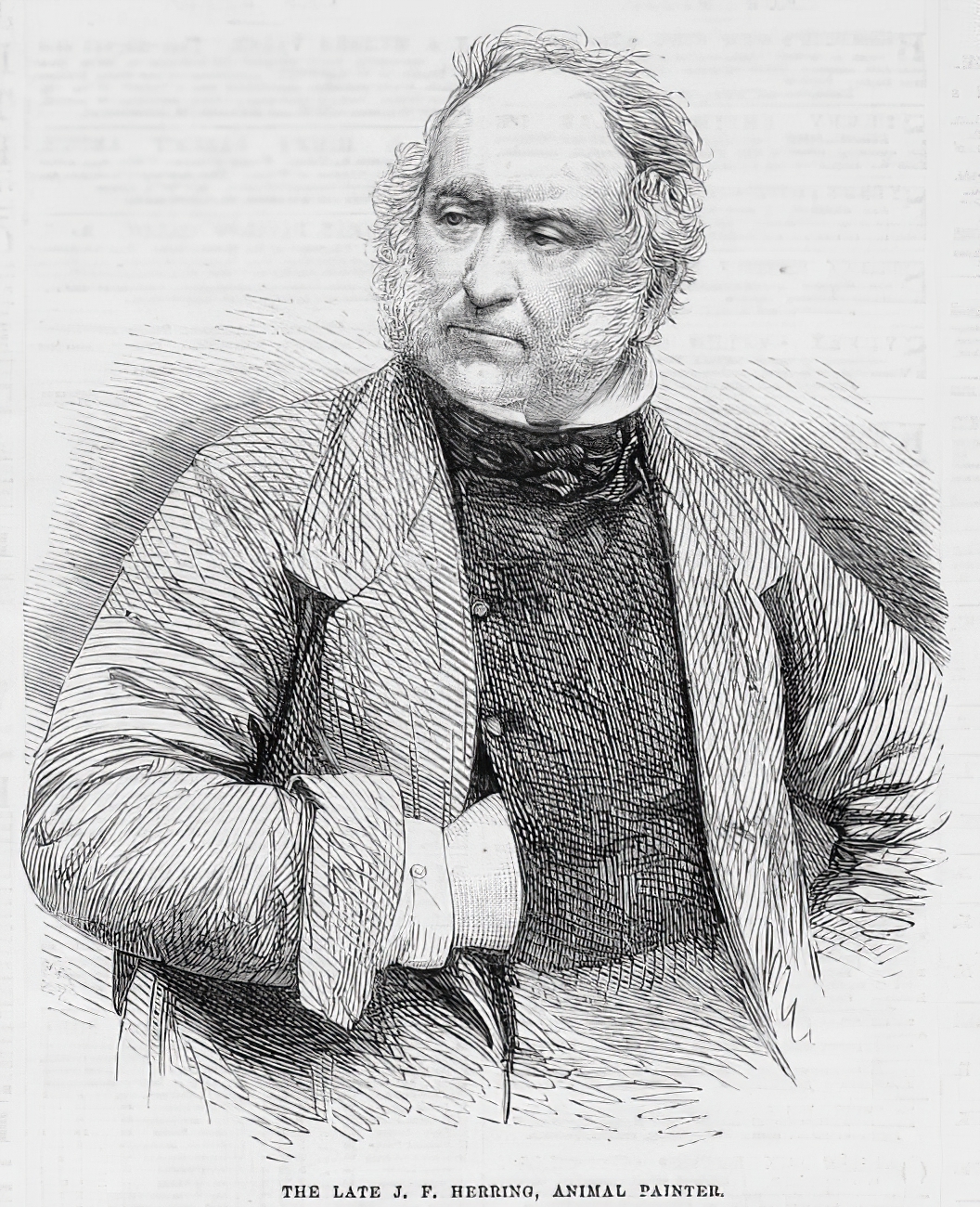
John Frederick Herring the Elder was a British painter of Victorian England.
John had a passion for horses and painting from a young age. In his spare time from his day job as a sign painter and coachman, Herring painted horses for innkeepers and customers. Developing his talent, John specialized in drawing animals and loved to depict sporting events with horses. His impressive and vivid depictions of racehorses, cows and ducks as well as picturesque hunting scenes caught the eye of Queen Victoria. In 1845 Herring was appointed animal painter to Her Royal Highness the Duchess of Kent, followed by a commission from the reigning Queen Victoria, who remained a patron for the rest of his life.
A highly successful and prolific artist, Herring is considered one of the most important animal painters of mid-19th century Europe. He exhibited at the Royal Academy, the British Institution, and the Society of British Artists, where Herring became vice-president in 1842. Three of his sons also became artists.
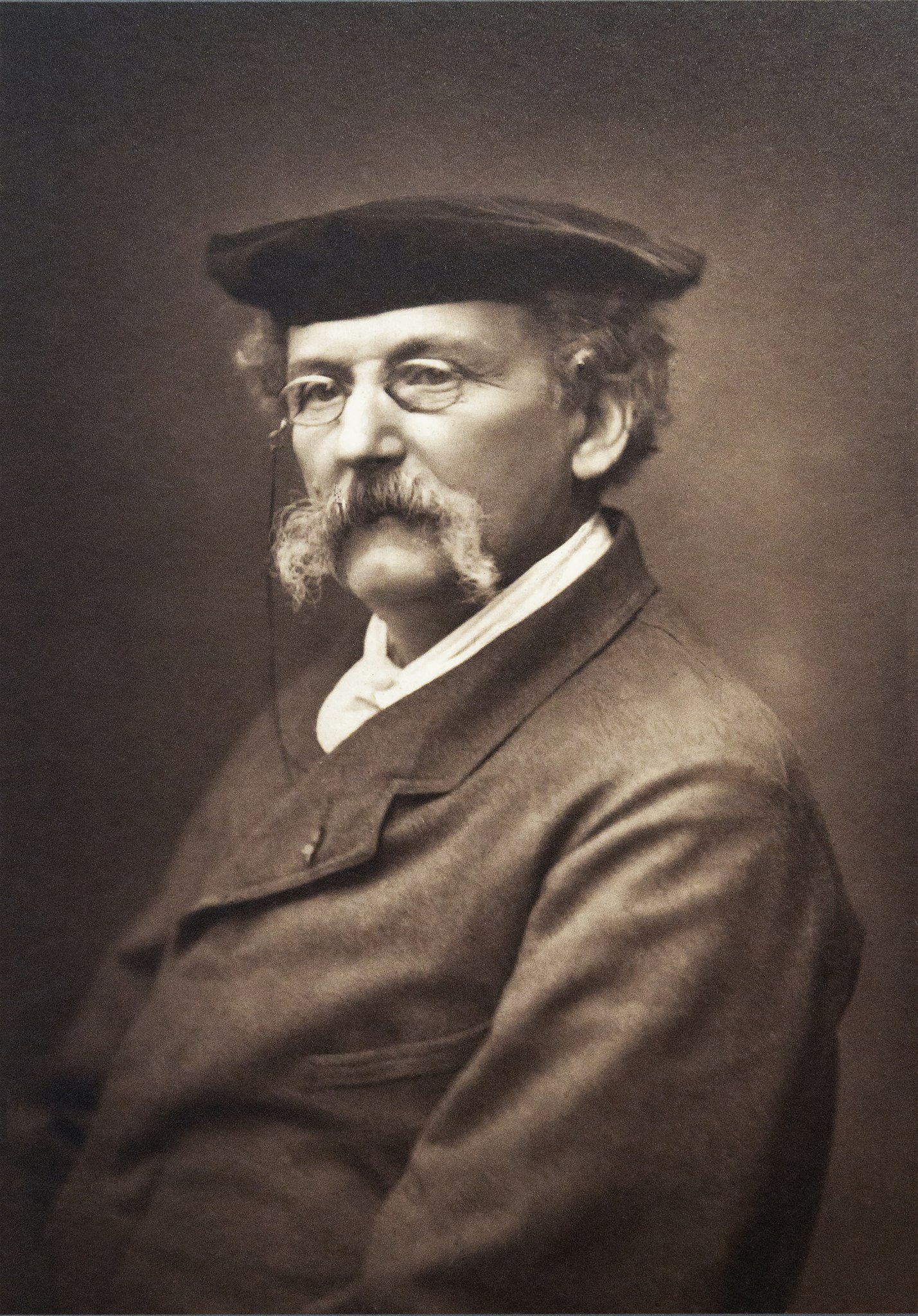
Augustin Théodule Ribot was a French realist painter and printmaker.
Ribot painted domestic genre works, still-lifes, portraits, as well as religious scenes, such as his Salon success St. Sebastian, Martyr (1865). The earlier work was drier and austere but still with an intensity of conception and presentation; later works were freer and broader. His preference was for painting directly from nature, emphasizing the contrasts of light and dark. His use of chiaroscuro to suggest psychological states grew from his admiration for Spanish and Dutch baroque masters such as Ribera and Rembrandt, an enthusiasm shared by his contemporaries Courbet and Bonvin. Members of Ribot's family are the likely models for many of his figure compositions, in which the subjects engage in humble activities, such as preparing meals or gathering in groups to read to each other. The light draws attention to faces and hands, which emerge sharply from dimly lit surroundings.

Julien Dupré, a distinguished French artist, emerged as a pivotal figure in the realm of painting, celebrated for his vivid and heartfelt portrayals of peasant life. Born into a family of jewelers in 1851, Dupré's artistic journey commenced in an unexpected turn of events when the Franco-Prussian war led him to pursue art, eventually studying at the École des Beaux-Arts under renowned teachers like Isidore Pils and Henri Lehmann.
Julien Dupré's oeuvre is renowned for its realistic depiction of rural scenes, particularly in Normandy and Brittany, capturing the essence of peasant life with a blend of romanticism and realism. His commitment to depicting the rustic life earned him prestigious accolades, including a gold medal at the Exposition Universelle in 1889 and the esteemed Legion of Honour in 1892.
Among his notable works are "The Hay Harvest" at the Chimei Museum, "Haying Scene" at the St. Louis Art Museum, and "The Haymakers" at the Worcester Art Museum. These paintings not only illustrate Julien Dupré's masterful depiction of rural life but also resonate with art enthusiasts and collectors worldwide for their historical and cultural significance.
For collectors and art aficionados, Julien Dupré's paintings are a testament to a bygone era, offering a window into the pastoral life of 19th-century France. His works are not merely artistic endeavors but historical narratives woven onto canvas, celebrating the unvarnished beauty of the countryside and its inhabitants.
If you're captivated by Julien Dupré's artistic legacy and wish to stay informed about upcoming sales and auction events featuring his works, consider signing up for updates. This subscription is your gateway to exploring the enchanting world of Dupré, ensuring you're abreast of the latest opportunities to own a piece of French art history.
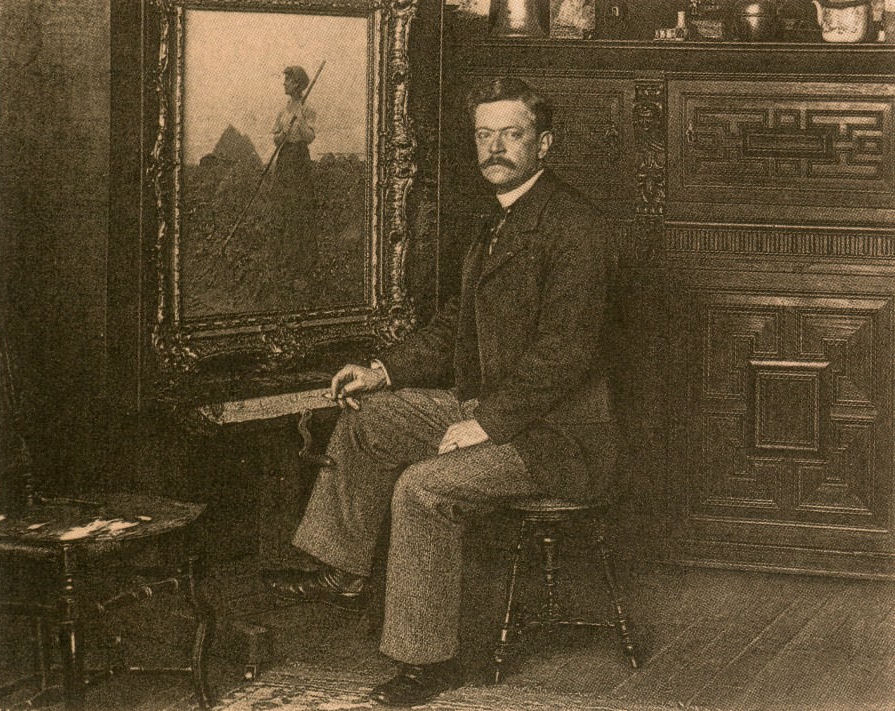
Charles Sprague Pierce was an American artist who worked at the turn of the 19th and 20th centuries. He studied painting in Paris and worked in France, creating genre portraits and decorative wall paintings.


